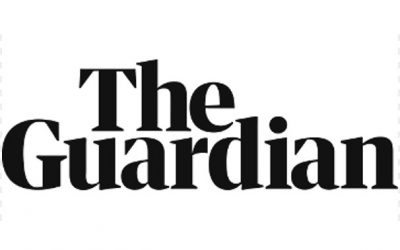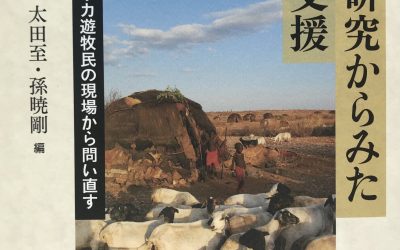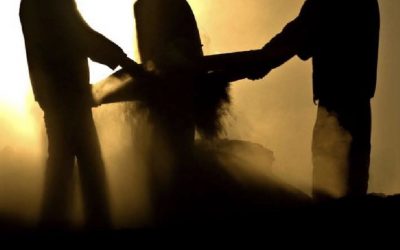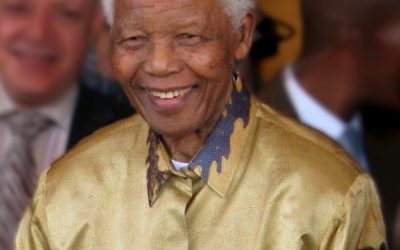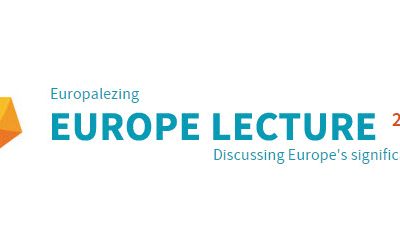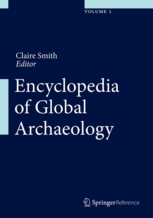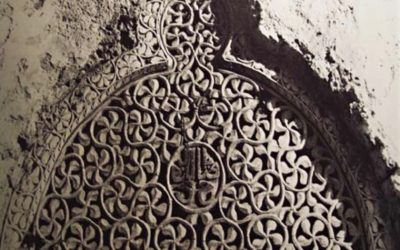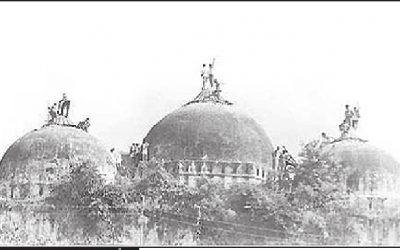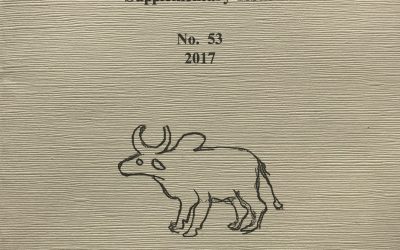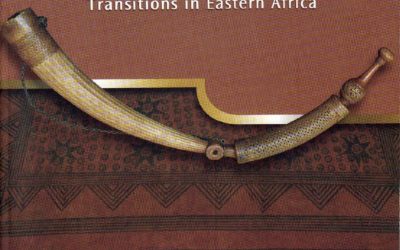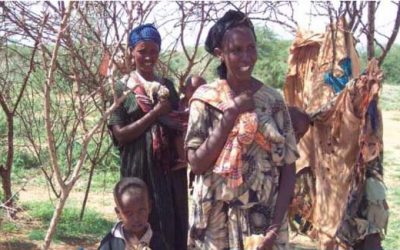Writing
Black history has much to reveal about our ancestors – and ourselves
In pursuit of a peaceful society, it is important that we record all perspectives of our complex human story.Black History Month, which runs through October, is trying to address a problem. That problem is, how to move the study of black history away from...
“The Role of Cultural Heritage in the Basic Needs of East African Pastoralists” translated into Japanese and features in this new volume
Mire's article: "The Role of Cultural Heritage in the Basic Needs of East African Pastoralists" translated into Japanese and features in this new volume: In reflection upon the worthy work of Professor Shinya Konaka and his col- leagues, this contribution...
Preserving Knowledge as a Basic Human Need: on the History of European Archaeological Practices and the Future of Somali Archaeology. An Interview with Sada Mire
By Sjoerd van der Linde and Monique van den Dries This interview with Sada Mire starts with the history and legacy of European archaeological practices in Somalia, arguing how it has contributed to a situation in which archaeology is viewed by many Somalis...
Mandela om Afrika’s Renässans
Mandela om Afrika's Renässans Nelson Mandela (2008). Photo: Creative Commons Mire S. (1998), Mandela om Afrikas Renässans, Africa Forum 5: 7-8.Back to Media
Wagar, Fertility and Phallic Stelae: Cushitic Sky-God Belief and the Site of Saint Aw-Barkhadle in Somaliland
This article is the first to present a study on the wagar, a sacred wooden sculpture kept by Somali women. This study explores the wagar and its significance as a sacred medium within fertility rituals and the religious syncretism in which such indigenous...
Rock Art Sites of Somaliland: 3D, Virtual Reality (VR) and Multimedia of Laas Geel, Nagah Nabi Galay and Dhagah Kureh
Rock Art Sites of Somaliland: 3D, Virtual Reality (VR) and Multimedia Community Capacity Building and Documentation of Laas Geel, Nagah Nabi Galay and Dhagah Kureh The complex cave and rock shelters of Laas Geel, Dhagah Kureh, and Dhagah Nabi Galay lie...
The Europe Lecture “Destruction of Cultural Heritage”
The Europe Lecture "Destruction of Cultural Heritage" by UNESCO DG Irina Bokova: a response by Dr Sada Mire Cultural heritage at risk: protecting cultural heritage in times of conflict Her Excellency Ms Irina Bokova, Director General of UNESCO Her...
Somalia-Studying the Past to Create the Future
Big History engages with the universe’s grand narrative, and provides a dynamic connection between the past, present and future. Our collection is divided into three volumes and is the first comprehensive global anthology of Big History. This second...
Cultural Heritage Management in Somaliland
The Somali peninsula has a rich heritage relevant to the world. Many ancient world civilizations have left their mark on this area, a connection facilitated by the region’s strategic location, connecting Arabia, Africa, and Asia through the Red Sea Coast,...
A Report Based on a Feasibility Study For the Development of Cultural and Heritage Tourism in Somaliland
The Somaliland Tourism Feasibility Study is a project exploring the possibilities and challenges facing the development of cultural heritage tourism in Somaliland. It includes recommendation for ways forward in the establishing of tourism infrastructure for cultural...
UNESCO Debate 2016: World Heritage: Treasure or Target?
UNESCO Debate 2016: World Heritage: Treasure or Target? Response from Sada Mire to Stephan Sander I agree with Stephan that not only humans deserve protection. I have often argued that cultural heritage is a basic human need. This notion is not something I...
‘The child that tiire doesn’t give you, God won’t give you either.’ The role of Rotheca myricoides in Somali fertility practices
The paper introduces the Baanashada Dumarka, a Somali fertility therapy carried out by a spirit medium, known locally as ‘Alaqad. Baanashada is aimed at women whose fertility issues are believed to be caused by spirits. The study also explores a component...
The Discovery of Dhambalin Rock Art Site, Somaliland
Dhambalin, a sandstone rock shelter, was discovered in autumn 2007. Theunique site holds polychrome paintings including the first sheep paintings in Somaliarchaeology. There is an extraordinary originality in the paintings, particularly thoseof the sheep...
Preserving Knowledge, not Objects: A Somali Perspective for Heritage Management and Archaeological Research
This article argues that the Somali people have a distinctive view on heritage and a different approach to its preservation relevant to their society. It suggests that a locally appropriate theoretical framework for heritage management and archaeological...
The Transition to Farming in Eastern Africa: New Faunal and Dating Evidence from Wadh Lang’o and Usenge, Kenya,
The exploratory investigation of two sites in Kenya throws new light on the transition from a ‘stone age’ to an ‘iron age’. The model of widespread cultural replacement by Bantu-speaking iron producers is questioned and instead the authors propose a long...
Ayodhya konflikten- hur länge ska arkeologerna tillåta att den inomdisciplinära debatten tystas av politiska hänsynstagande?
Translation lit. ‘The Ayodhya Conflict – How long will the archaeologists let the interdisciplinary debate to be silenced due to political considerations?’ On 6th of December 1992, a huge crowd of Hindu nationalists, who claim Ayodhya as the birthplace of...
Somaliland: archaeology in a breakaway state
Somaliland is not Somalia. Somaliland is in the northern part of Somalia, occupying the area of a former British colony. After gaining independence in 1960, it joined with Somalia Italiana to create modern Somalia. But whereas Somalia is wracked with civil war and...
The Knowledge-Centred Approach to the Somali Cultural Emergency and Heritage Development Assistance in Somaliland
Somalia has suffered a civil war since early 1991. Systematic looting, destruction and illicit excavation of sites continue without the international community (including academics, government organisations, heritage workers and humanitarian aid...
The Role of Cultural Heritage in the Basic Needs of East African Pastoralists
In reflection upon the worthy work of Professor Shinya Konaka and his col- leagues, this contribution discusses the idea of “Localization of Humanitarian Assistance”. Several critical questions arise from a humanitarian situation where the needs are...
Gaashaan, Somali Shield
Read the rest of the article here (Open ACCESS): Mire S. (2006), Gaashaan: Somali shield. In: Hudson, J. and K. Lagat (Eds.) Hazina: Tradition, Trade and Transition in Eastern Africa. Nairobi: National Museums of Kenya. 29-30. Related publications (OPEN...
Mapping the Archaeology of Somaliland: Religion, Art, Script, Time, Urbanism, Trade and Empire
This paper presents the results of some of the surveys conducted to map archaeological sites of Somaliland and includes almost 100 new and previously unpublished sites. The survey work was conducted by several of Somaliland’s Department of Archaeology...
The Guardian – Sada Mire on Somali architecture
I first learned to construct nomadic huts with my grandmother in the summer holidays – spent, whether I liked or not, living in Dayniile, near Mogadishu. Being a Mogadishu girl, living in a comfortable villa, I hated it at first so my father sent, as a...
The Republic of Somaliland
Stability, international recognition and economic development The new nation of Somaliland is situated on the horn of Africa, just beyond the mouth of the Red Sea and facing Yemen. It shares borders with Djibouti, Ethiopia and the Somali Republic The long coastline of...

